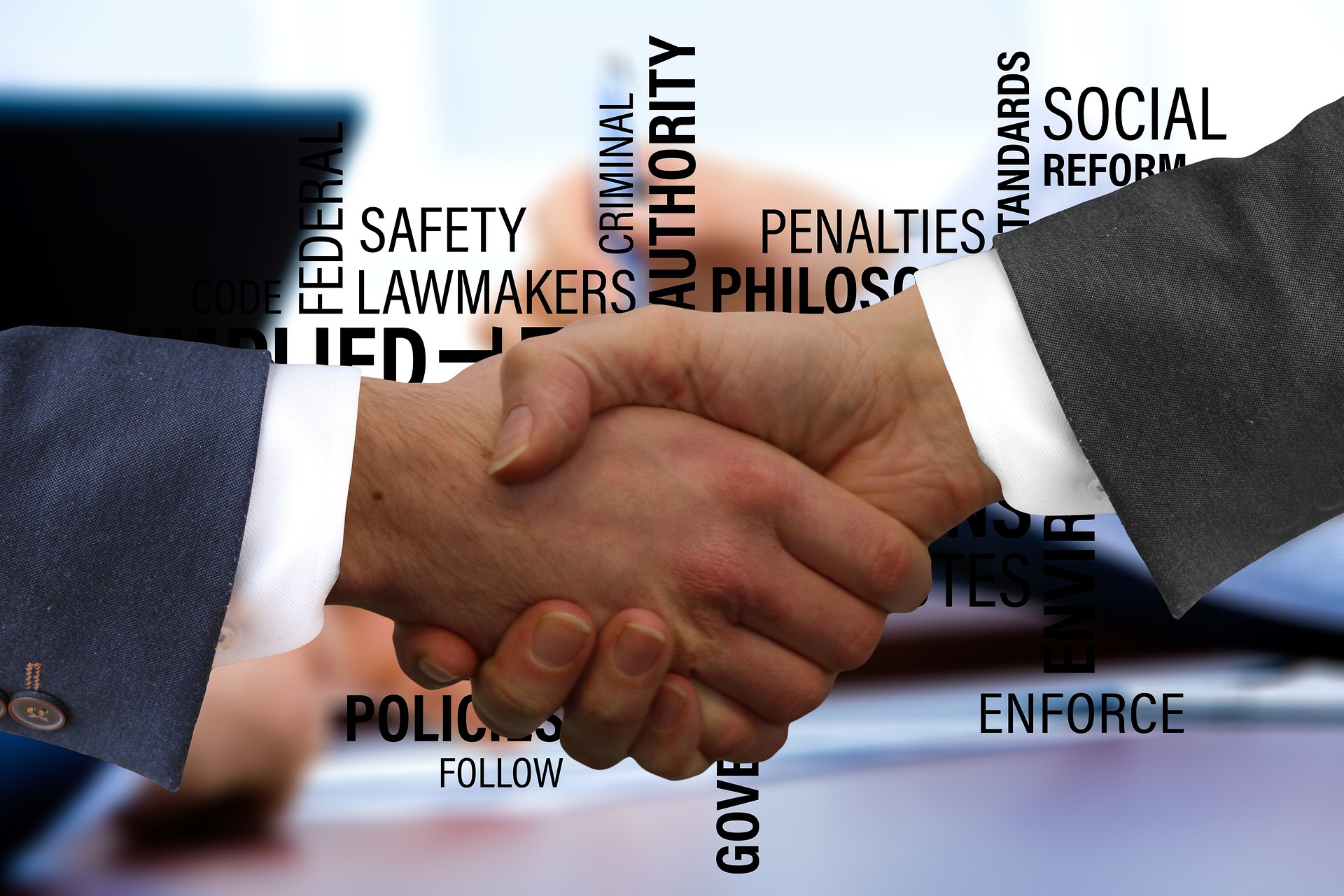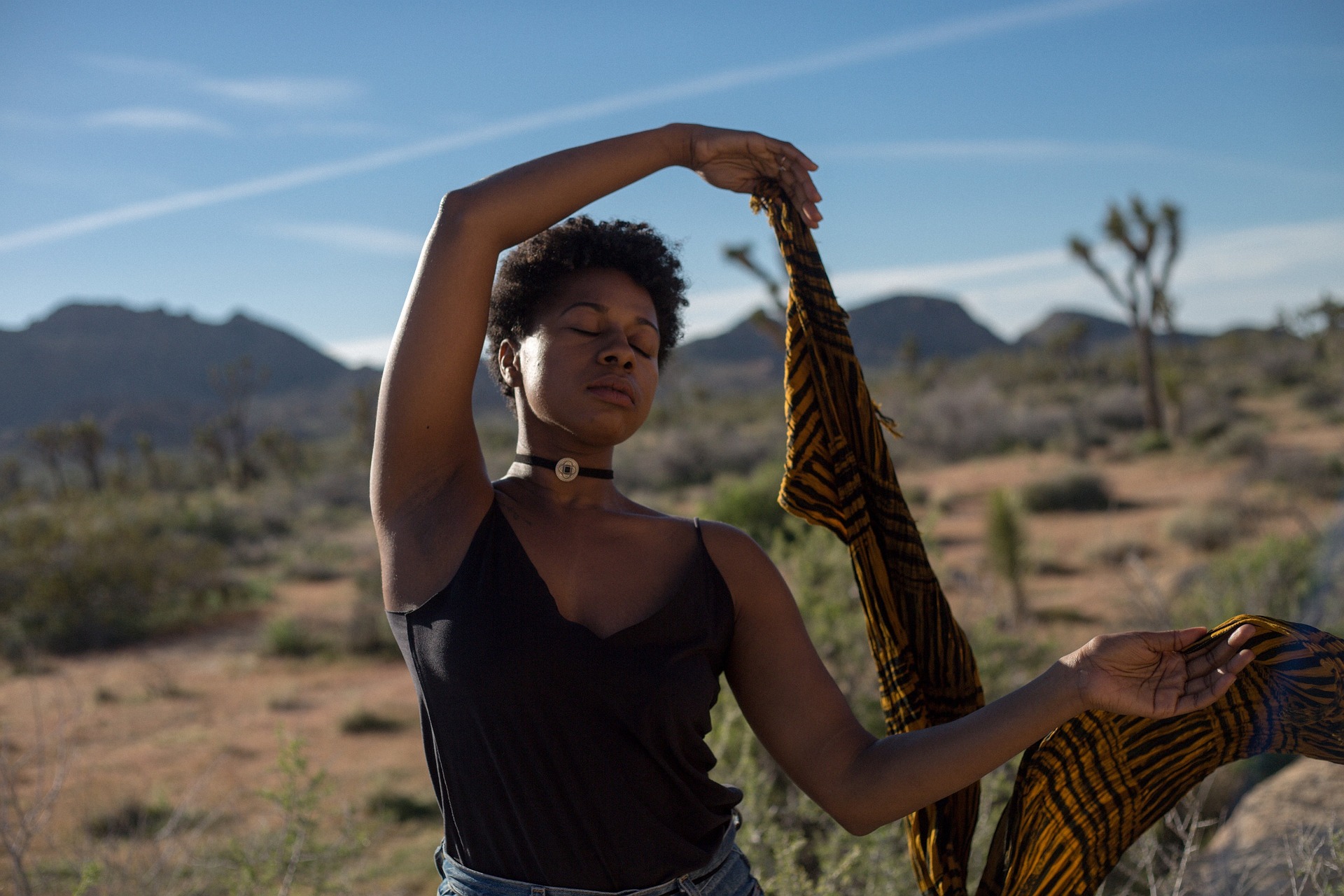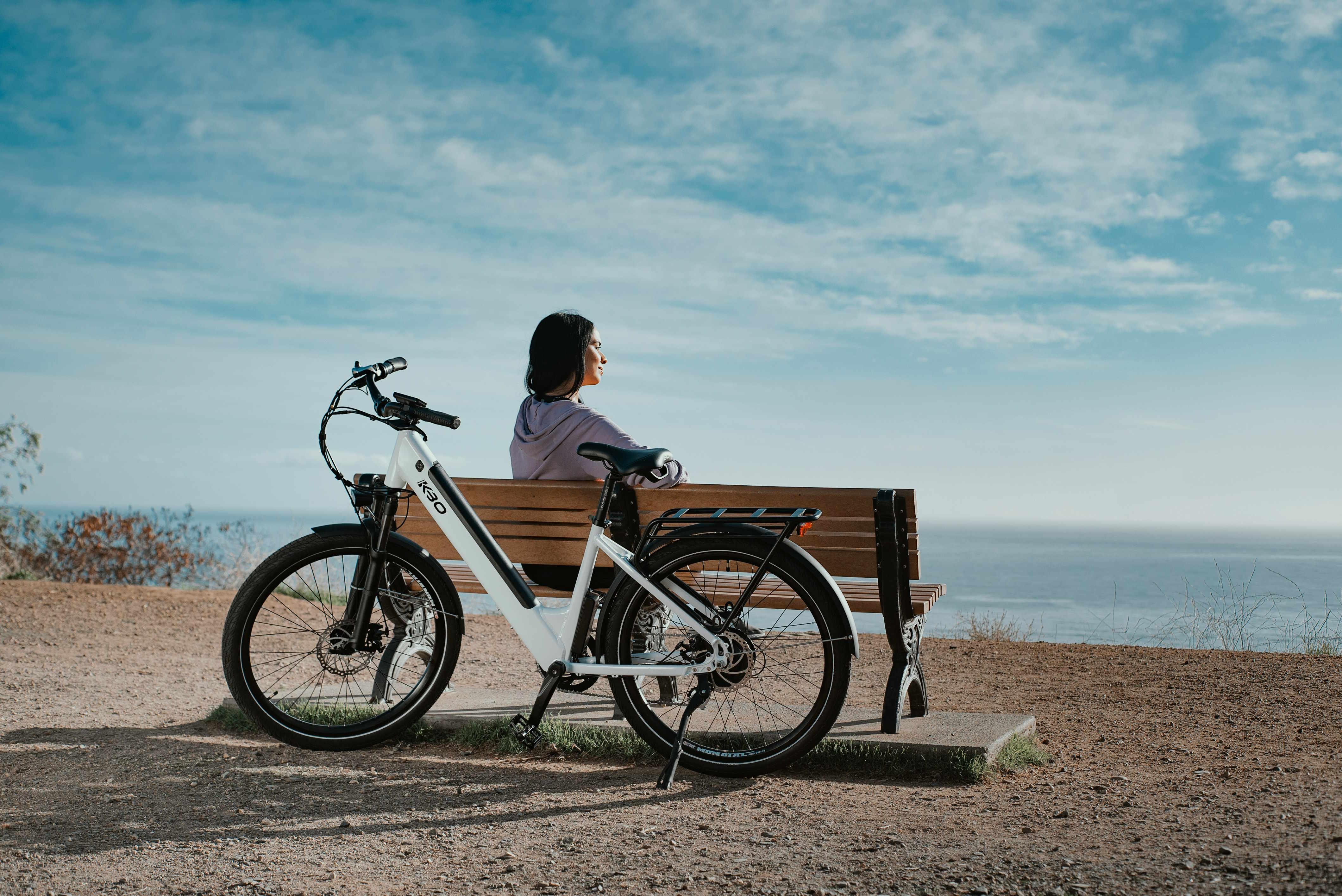Unpacking the Legal Framework for Protecting Indigenous Rights Globally
Indigenous communities across the globe have long fought to protect their rights against encroachment and exploitation. The legal mechanisms put in place to safeguard their interests are as diverse as the communities themselves. Read below to gain a better understanding of these legal frameworks.

-
International Legal Instruments for Indigenous Rights Protection The United Nations Declaration on the Rights of Indigenous Peoples (UNDRIP) is a landmark international instrument. It sets standards for the protection of indigenous rights, recognizing their right to self-determination and control over their lands and resources. However, its implementation has been challenging due to the lack of binding force.
-
National Constitutions and Indigenous Rights Several countries have incorporated protections for indigenous rights in their constitutions. For instance, Bolivia’s constitution recognizes the rights of indigenous populations to their cultural identity, traditions, and institutions. Meanwhile, Australia is currently debating a constitutional amendment to acknowledge Aboriginal and Torres Strait Islander peoples.
-
Land Rights and Legal Battles Land rights are central to indigenous rights protection. Legal victories like the Mabo case in Australia and the Inter-American Court of Human Rights’ decision favoring the Saramaka people in Suriname have set important precedents. However, issues of land ownership and resource control remain contentious and legally complex.
-
Indigenous Rights in the Context of Climate Change As frontline defenders of biodiversity, indigenous communities are disproportionately affected by climate change. Legal frameworks like REDD+ under the United Nations Framework Convention on Climate Change (UNFCCC) aim to promote indigenous rights and participation in climate action. Still, more robust legal protections are needed.
-
The Role of Non-Governmental Organizations (NGOs) NGOs play a vital role in advocating for indigenous rights. They raise awareness, provide legal aid, and lobby for policy changes. While their work is crucial, it underscores the need for stronger official legal protections for indigenous communities.
Useful Tips and Facts: - The International Labour Organization’s Convention No. 169 is the only legally binding international instrument dedicated to the rights of indigenous and tribal peoples. - Consultation and Free, Prior, and Informed Consent (FPIC) are integral parts of indigenous rights under international law. - Indigenous lands make up about 20% of the Earth’s land and contain 80% of its biodiversity.
Conclusion: While strides have been made in constructing legal frameworks to protect indigenous rights globally, significant gaps and challenges remain. Indigenous communities continue to face threats to their lands, cultures, and livelihoods. Therefore, it’s crucial to strengthen these legal protections and ensure their effective implementation, respecting and valifying indigenous peoples’ rights worldwide.




